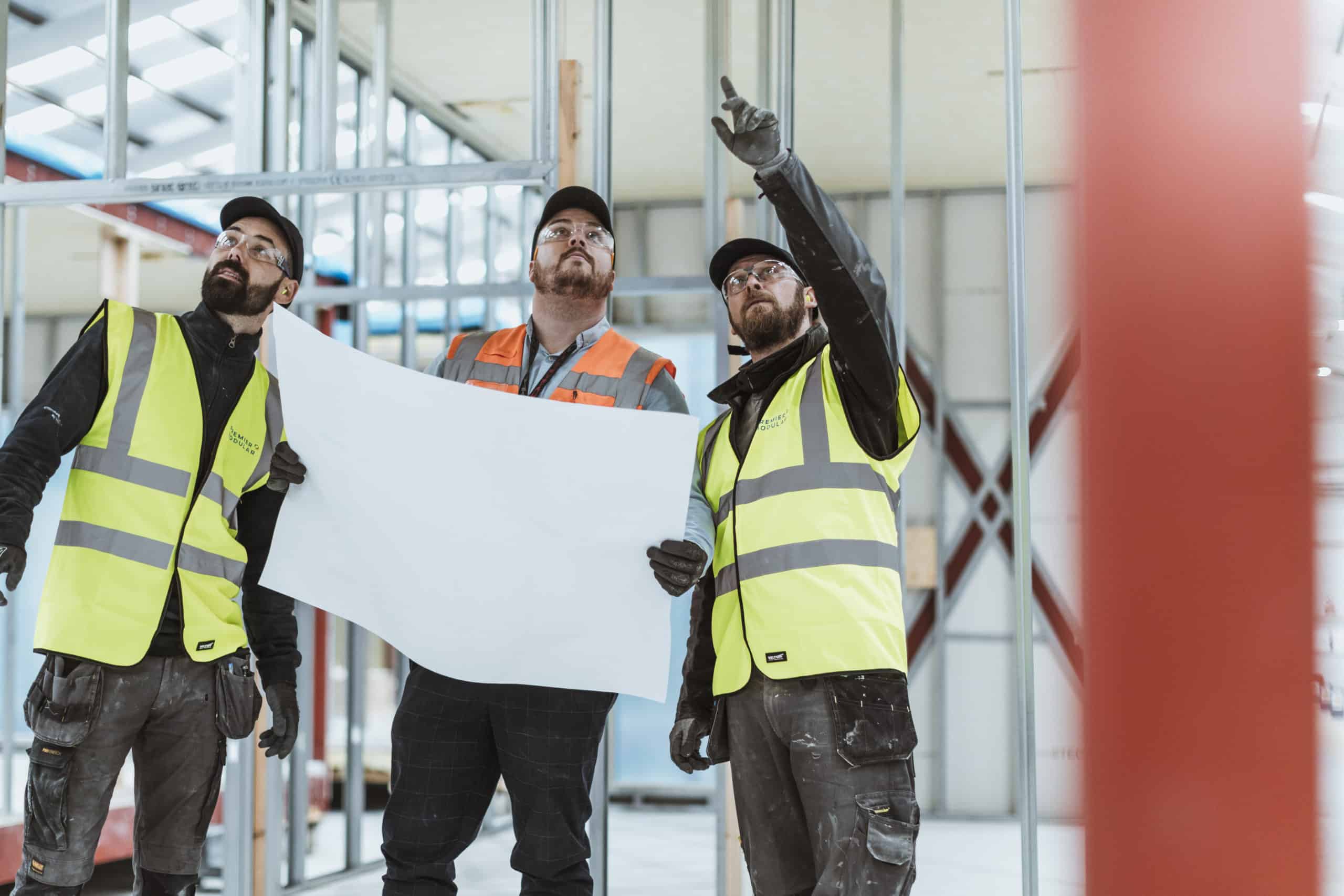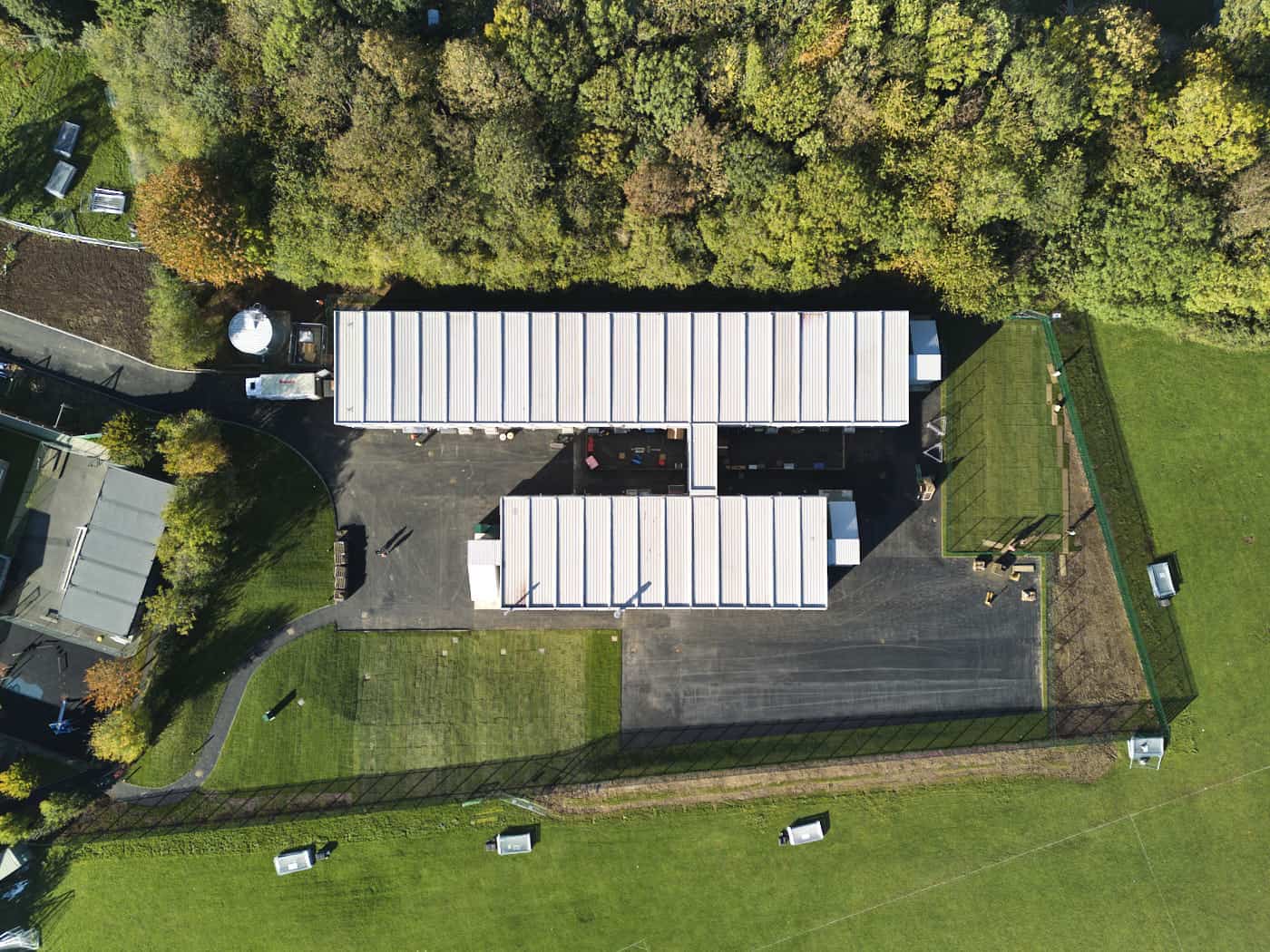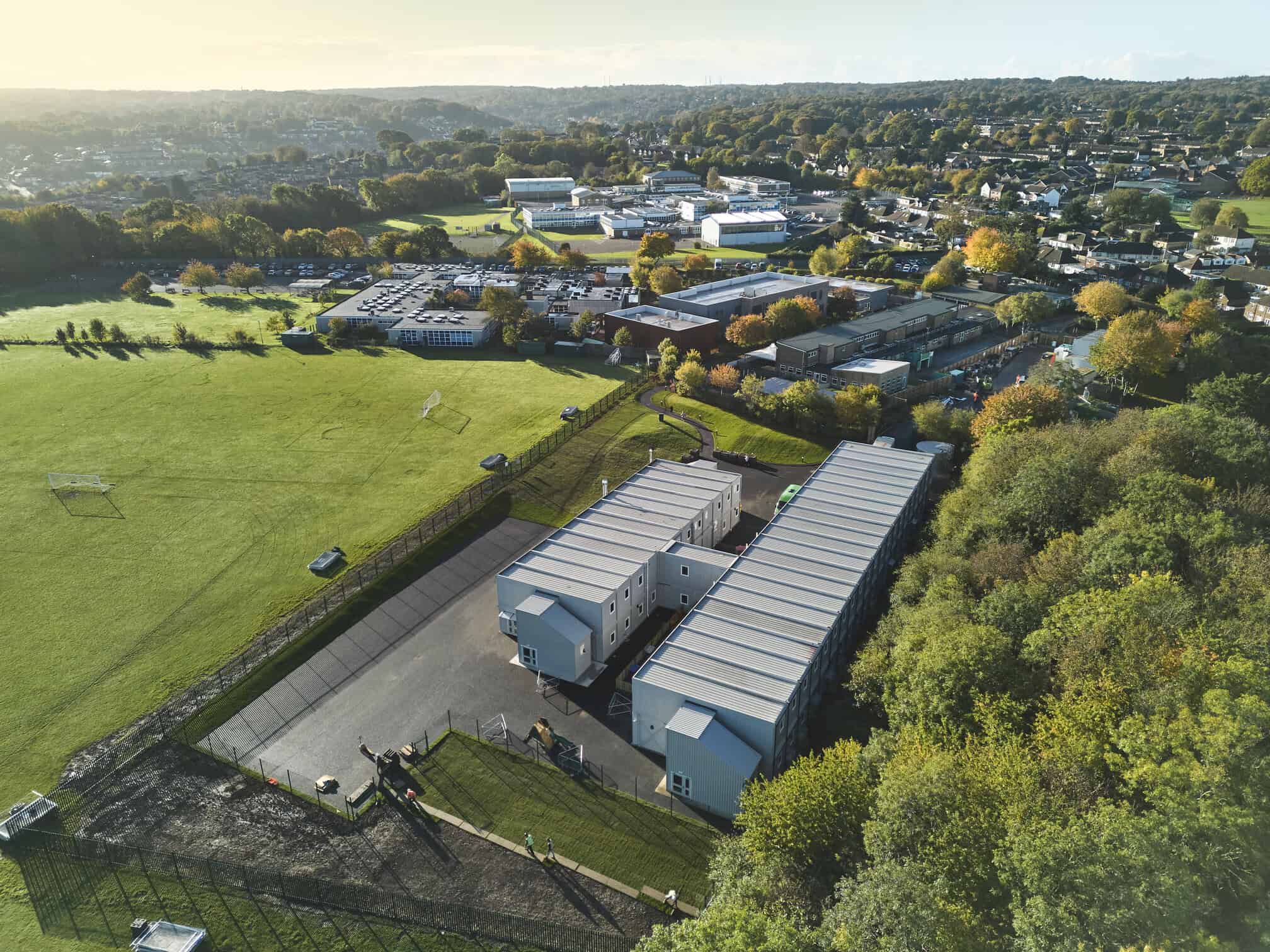The race is on for UK education settings to roll out a climate action plan by 2025 to embed sustainability across all activities. For organisations to meet both this expectation and individual ESG commitments, the procurement of greener facilities is key. As such, education providers should look no further than modular schools to lower their footprint, support circularity and execute the E in ESG.
Offload carbon with offsite manufacturing
The perks of modular building for schools, colleges and other education providers are numerous; the delivery of high-quality facilities, at speed, with minimum interference to studies and site activities. However, as organisations look to augment their green credentials, modular’s sustainability appears as the real crown jewel.
Modular building is a factory-based procedure. Building components are manufactured in an offsite location and delivered to site either as a three-dimensional building – volumetric construction – or as panels for assembly – panelised construction. This significantly reduces the amount of emissions generated from transporting raw materials, building equipment and personnel to and from the site. The majority of activities take place under one roof, lowering the embodied carbon associated with the end product – e.g. your next assembly hall, classroom or office facility.
Equally, the factory location provides an opportunity for modular suppliers to conduct activities using renewable energy. Premier Modular has installed 1,700m² of solar panels across two of its factory buildings to offset a large proportion of the company’s carbon emissions, with all of its energy coming from renewable energy produced on site or from the grid.
Fabric first, technology second
Other green benefits of modular building include the application of a fabric first approach. This involves optimising the performance of a building’s envelope – the physical seal that separates a building’s internal and external environments. The focus is on ensuring a building’s materials and components will provide natural protection and temperature regulation, without the need for additional features, such as heating and cooling systems, to be used frequently.
In turn, the fabric first approach creates far more energy efficient facilities that generate less operational carbon throughout a building’s lifespan. It also establishes an exceptional internal environment that is ideal for teaching and learning.
Modular is the master of circularity
Meeting fluctuations in educational demand, coupled with the pressure to hit ESG goals, can be a challenging balance for organisations to strike. Modular building should be seen as a tool to enable this balance. Where education providers require rental solutions as a flexible solution for a range of challenges, for example, during the refurbishment of existing facilities or for long-term capacity, temporary classrooms for rent can be produced and then reused once they are no longer needed.
Repurposing buildings in this way generates between 50 and 70 per cent less carbon emissions than the construction of new facilities. It flexibly enables organisations to continue delivering a high level of educational service in the knowledge they are contributing to the circular economy.
This is furthered by modular building’s exceptional waste management. The precise design and manufacture of components, using lean manufacturing processes, ensures products are cut to size with little to no offcuts spared. Modular manufacturers propel this with a ‘right-first-time’ culture to maintain quality throughout the value chain and the full life cycle of materials and buildings are considered in support of circularity. At Premier Modular, this means that we have zero waste to landfill from our factories.
Value for the future
The sustainability of modular buildings extends to the flexibility with which clean technologies and other value added products and services can be included into designs. Rainwater harvesting systems, solar panels and ground source heat pumps are readily incorporated into modular solutions and allow users to generate their own clean energy. Excess renewable energy can even be sold back to the grid. The facility Premier Modular developed for Leeds City College is a prime example of this; air source heat pumps were installed to heat the building and water, ensuring the facility was fully electric.
Such capabilities, combined with the ability to grow estates sustainably, make modular building a ripe opportunity for education providers to carve a greener path.
Searching for a sustainable solution to support your institution’s needs? Contact our expert team. We have a wealth of experience in building modular solutions such as temporary classrooms, portable classrooms, and full modular schools.











